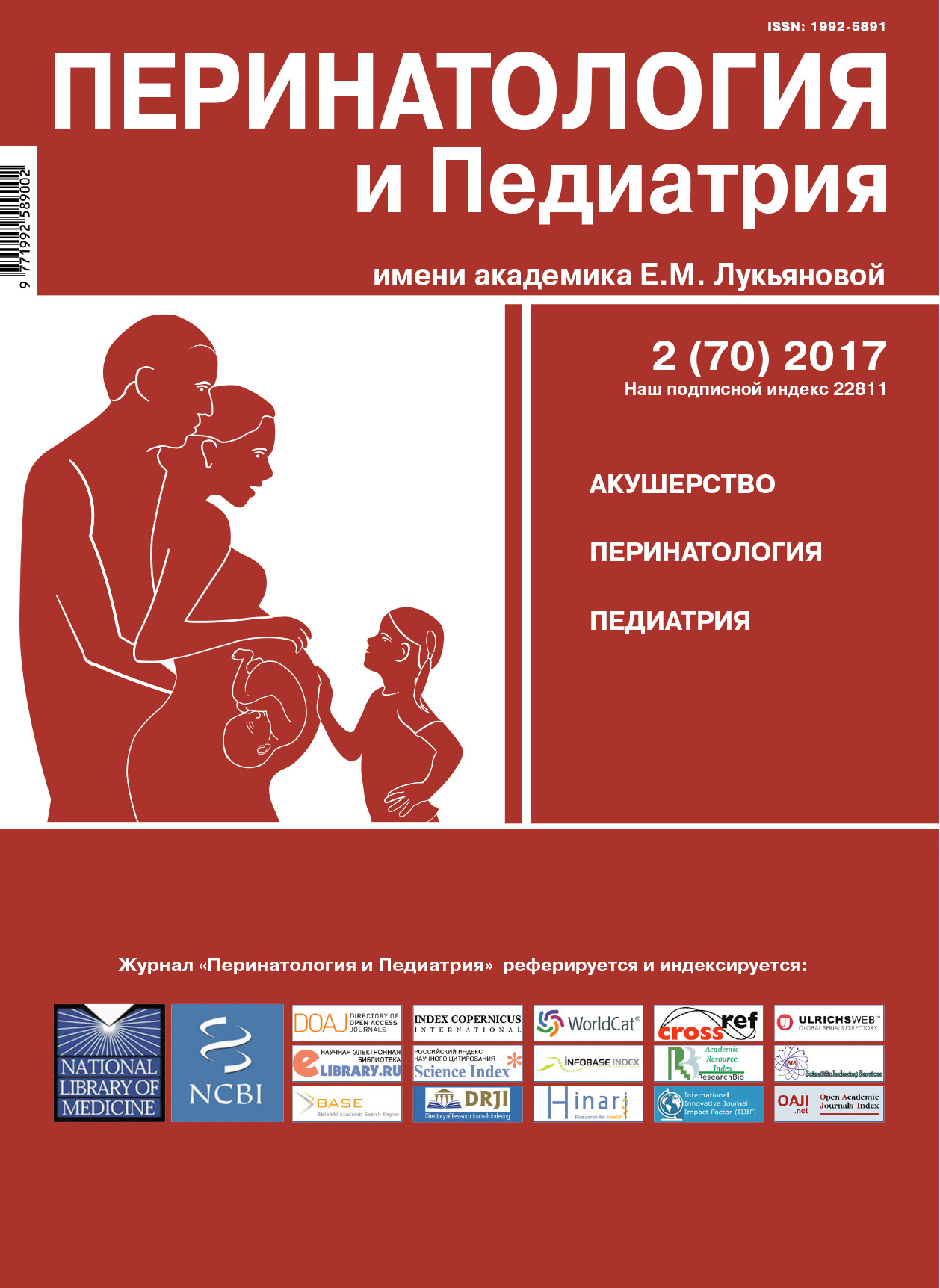ПЕРИНАТАЛЬНАЯ НЕВРОЛОГИЯ И ОРФАННЫЕ ЗАБОЛЕВАНИЯ В УКРАИНЕ: ПРОБЛЕМЫ И ПЕРСПЕКТИВЫ
DOI:
https://doi.org/10.15574/10.15574/PP.2017.70.126Ключевые слова:
орфанные заболевания, перинатальная неврология, расстройства аутистического спектраАннотация
В статье освещены современные подходы к пониманию редких (орфанных), с точки зрения перинатальной неврологии, заболеваний. Проанализированы основные проблемы в Украине с оказанием помощи пациентам с орфанными заболеваниями и предложены пути их решения. Представлен клинический случай пациента с орфанным заболеванием (синдромом Сотоса) в сочетании с расстройством аутистического спектра.Библиографические ссылки
Global Strategy for the Health of Women and Children. World Health Organization. 2010. http://www.who.int/pmnch/activities/jointactionplan/20100910_gswch_russian.pdf, free.
Kirillova L. (2014). Congenital malformations of the central nervous system – the urgent medical and social problem of national importance. Ukrainian Medical Journal. 6(80): 35-38.
Lukyanova OM et al. (2004). Recent advances in perinatal neurology Ukraine. Perynatology and Pediatrics. 2: 3-6.
Evtushenko SK. (2003). Non-ordinary (rare) syndromes and diseases of the nervous system in children and adults. Materials of the Intern Scientific-practical Conf. Ed Prof SK Evtushenko. Donetsk – Svyatogorsk: 3-5.
Sachs O. (2006). The man who took his wife for the hat of St. Petersburg.
Parliamentary hearings "Education, health and welfare of children with mental and physical development: problems and solutions". June 4, 2014, 15 hours. Stenohramma meeting. http://kno.rada.gov.ua/komosviti/control/uk/publish/article?art_id=61951&cat_i
Aronson J. (2006). Rare diseases and orphan drugs. Br J Clin Pharmacol. 61(3): 243-4. http://www.ncbi.nlm.nih.gov/pmc/articles/PMC1885017/ ; https://doi.org/10.1111/j.1365-2125.2006.02617.x
Baujat G1, Cormier-Daire V. (2007, Sep 7). Sotos syndrome. Orphanet J Rare Dis. 2: 36. https://doi.org/10.1186/1750-1172-2-36; PMid:17825104 PMCid:PMC2018686
Bavisetty S et al. (2013). Emergence of pediatric rare diseases. Rare Diseases. 1. http://www.tandfonline.com/doi/full/10.4161/rdis.23579 ; https://doi.org/10.4161/rdis.23579; PMid:25002987 PMCid:PMC3932940
European Commission. Useful Information on Rare Diseases from an EU Perspective. Health & Consumer Protection Directorate-General
http://ec.europa.eu/health/ph_information/documents/ev20040705_rd05_en.pdf
EURORDIS.The Voice of 12,000 Patients.Experiences and Expectations of Rare Disease Patients on Diagnosis and Care in Europe.
http://www.eurordis.org/IMG/pdf/voice_12000_patients/EURORDISCARE_FULLBOOKr.pdf
Frye RE, Rossignol DA. (2016, Jun 15). Identification and Treatment of Pathophysiological Comorbidities of Autism Spectrum Disorder to Achieve Optimal Outcomes. Clin Med Insights Pediatr.10: 43-56. doi 10.4137/CMPed.S38337. eCollection 2016.
Frye RE. (2015, Jun). Metabolic and mitochondrial disorders associated with epilepsy in children withautism spectrum disorder. Epilepsy Behav. 47: 147-57. https://doi.org/10.1016/j.yebeh.2014.08.134. Epub 2014 Nov 4.
Global Genes. Rare diseases: facts and statistics. http://globalgenes.org/rare-diseases-facts-statistics/
Hyland S. (2011). Toward a behavioural phenotype for Sotos syndrome. Clin Psy D thesis, University of Birmingham.
Engel PA et al. (2013). Physician and patient perceptions regarding physician training in rare diseases: the need for stronger educational initiatives for physicians. Journal of Rare Disorders. 1; Is 2. http://www.journalofraredisorders.com/pub/IssuePDFs/Engel.pdf
Rare Diseases UK. Key Statistics from the RDUK Report ‘Experiences of Rare Diseases: An Insight from Patients and Families’. http://raredisease.org.uk/ index.htm
Rudolph C, Rudolph A, Lister GE et al. Eds Rudolph's Pediatrics, 22nd edn. New York, NY: McGraw-Hill Professional,
Shire Rare Disease Impact Report: Insights from patients and the medical community. 2013. http://www.geneticalliance.org.uk/docs/e-update/rare-diseaseimpact-report.pdf
Tatton-Brown K, Rahman N. (2007). Sotos Syndrome. European Journal of Human Genetics. 15: 264–271. https://doi.org/10.1038/sj.ejhg.5201686; PMid:16969376

